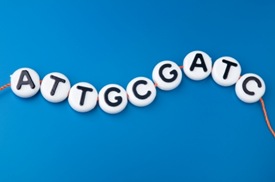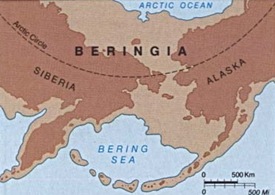 Amy Harmon, a science writer for the New York Times, writes “Gene Map Becomes a Luxury Item,” an article about Knome (know-me), a sequencing company that will return a customer’s entire genomic sequence for $350,000. Knome was co-founded by Harvard professor George Church, who also directs the Personal Genome Project.
Amy Harmon, a science writer for the New York Times, writes “Gene Map Becomes a Luxury Item,” an article about Knome (know-me), a sequencing company that will return a customer’s entire genomic sequence for $350,000. Knome was co-founded by Harvard professor George Church, who also directs the Personal Genome Project.
Dan Stoicescu is a retired millionaire who has recently become Knome’s first customer, and only the second person in the world to purchase his entire genomic sequence. According to Dr. Stoicescu, he understands that as of today there is little that his sequence will reveal, but he plans to compare the results of new studies to his genome daily, “like a stock portfolio.”
The article also reveals that Illumina is planning “to sell whole genome sequencing to the ‘rich and famous market’ this year,” says chief executive Jay Flatley. This probably won’t pose much of a problem to Knome – the founders have stated that they are only “offering 20 individuals the opportunity to participate in [their] initial launch phase.” ... Click to read more!
 The International Society of Genetic Genealogy (ISOGG) has just launched a new newsletter. The first edition, March 2008, is available here. This edition discusses GINA, a DNA Success Story by Shoshone, a segment called “The Armchair Geneticist: Where Hobby Produces Science”, What’s New in ISOGG, and a Featured DNA Project.
The International Society of Genetic Genealogy (ISOGG) has just launched a new newsletter. The first edition, March 2008, is available here. This edition discusses GINA, a DNA Success Story by Shoshone, a segment called “The Armchair Geneticist: Where Hobby Produces Science”, What’s New in ISOGG, and a Featured DNA Project.
 If you’re interested in DNA, Native American History, or genetic genealogy, then you’re undoubtedly heard of a new paper from PLoS ONE called “
If you’re interested in DNA, Native American History, or genetic genealogy, then you’re undoubtedly heard of a new paper from PLoS ONE called “ Amy Harmon, a science writer for the New York Times, writes “
Amy Harmon, a science writer for the New York Times, writes “